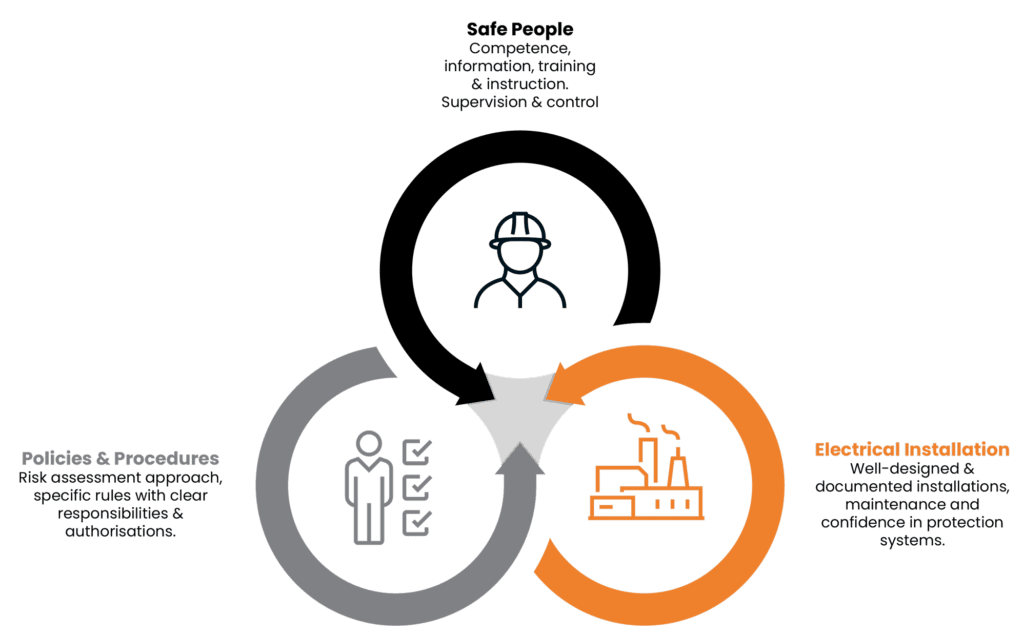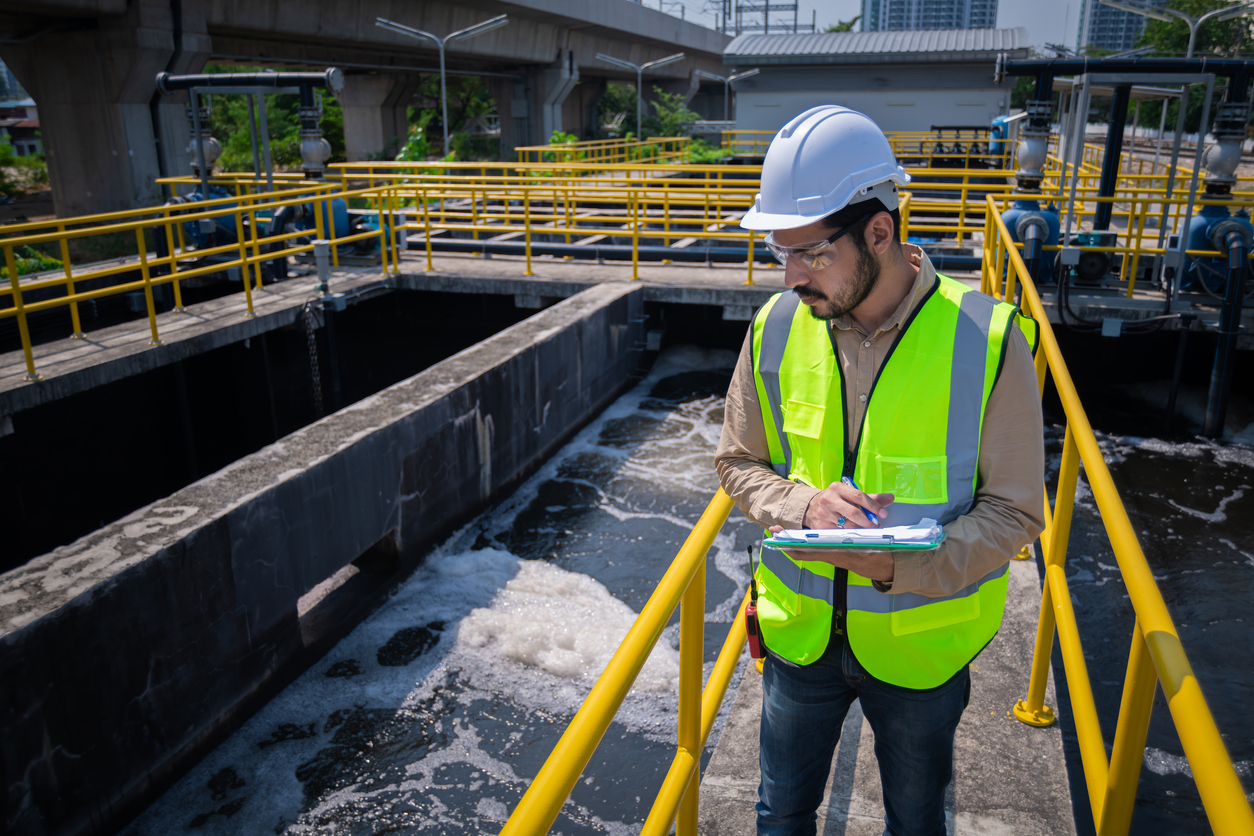Electrical Safety UK services to the water industry have included writing electrical safety rules and supporting procedures for household name companies and training hundreds of direct staff and contractors, including designing and delivering competence assessments. Our consultants have a huge amount of personal experience in the water industry going back over 40 years in roles including project management in large electrical infrastructure projects such as HV/ LV power upgrades to treatment works and large storm systems, HV maintenance and repairs to water assets, and maintenance of a portfolio of storm overflow systems.
This has uniquely allowed us to apply an understanding of the industry and benchmark against the vast range of other organisations we provide consultancy advice and training for. This blog is a reminder for all associated with design, construction, maintenance, and repairs within the water industry of the critical areas of concern when considering electrical safety management. It is also for those who want to learn more about safety management within the industry.
So, what is so special about the water industry?
We all know the axiom that water and electricity do not mix. That is true, but many of the processes, environments and activities in the water industry exacerbate electrical hazards to a point requiring special care. Just a few of the examples of what we are speaking about here are:
- Water ingress and internal condensation to electrical equipment.
- Corrosion is enhanced due to treatment chemicals present in the treatment process.
- Working in wet conditions indoors or outdoors on electrical systems.
- Weather extremes.
- Limited access and escape from electrical equipment for maintenance staff.
- Dealing with submersible equipment in fault conditions, often classed as emergencies to avert more extensive environmental damage of a flooding catastrophe.
- Potentially explosive atmospheres or the build-up of poisonous or asphyxiant gases.
- Under water electrically powered filtration systems.
- High power distribution both at high and low voltages.
- Flooding of underground chambers and control rooms.
- Legacy equipment which is obsolete and lacking in original manufacturer’s instructions and maintenance manuals.
Holistic Approach to Electrical Safety
You often hear phrases such as “water board specification” when describing electrical equipment specifications, usually meant to reflect a superior standard. A high-level design specification is necessary for all the enhanced hazards within the industry given above. But the management approach must be holistic, encompassing the equipment and safe working through policies, procedures, and rules, and providing competent individuals. It’s sad that most of the unsafe equipment we see is not a result of the original specification but of the people working on it over the years. In some cases, it would not be an overstatement to describe some bad practices as wilful neglect, which renders perfectly adequate and correctly specified equipment unsafe.
The idea is that having a holistic approach to electrical safety management will ensure that bad practices are eradicated or highlighted early.





